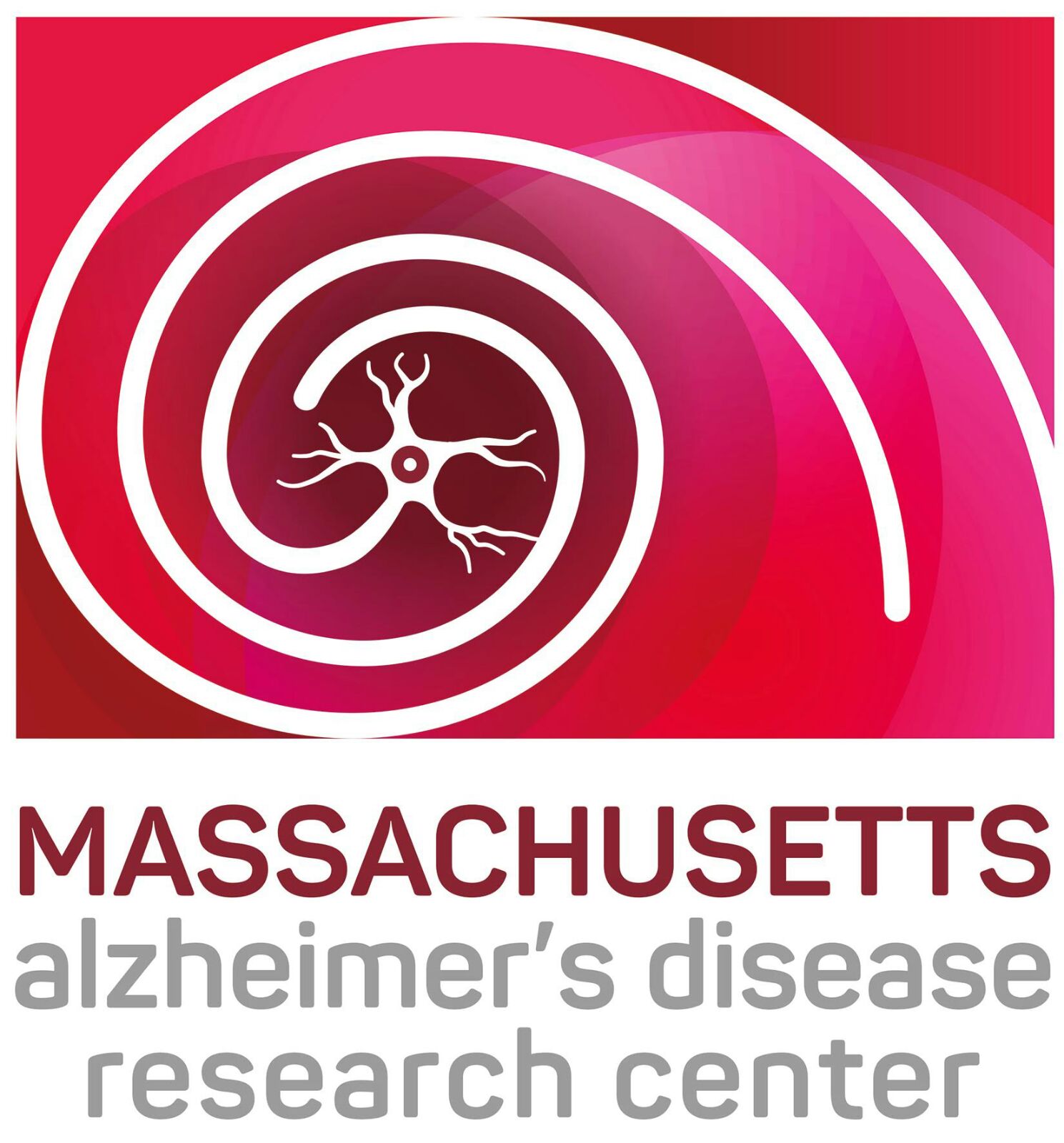Reigning in Alzheimer’s disease continues to be a challenge — more than 10 million families are affected by this degenerative neurological disease, and the number of patients dying from the disease has increased 68 percent since 2010.
In the past decade, attempts at developing drugs to slow or halt the progression of Alzheimer’s disease have been unsuccessful. The traditional path for early testing of promising therapies – mouse models – has been ineffective, and more than a dozen major clinical trials have failed.
But scientists and clinicians at Massachusetts General Hospital’s Institute for Neurodegenerative Disease (MIND) have developed an innovative new approach that could significantly improve the drug development process. The laboratory teams of Doo Yeon Kim, PhD, an investigator in the Genetics and Aging Research Unit at MIND, and Rudy Tanzi, PhD, have found a way to grow human neural stem cells in a three-dimensional gel matrix.
This gel system allows the neural cells to grow more naturally and form into 3-D networks just like they do in the brain. It also provides a more accurate model of the signature plaques and tangles that develop around these neurons in Alzheimer’s disease.
The stem cells used in this lab model are genetically engineered to produce two proteins that are the hallmarks of Alzheimer’s disease – β-amyloid and tau. In the brains of people with Alzheimer’s, excessive accumulation of β-amyloid results in the formation of plaques in the spaces between neural cells, while tau is the main component of destructive neurofibrillary tangles within the cells.
Until Dr. Kim’s success, no single model of Alzheimer’s disease contained both amyloid plaques and neurofibrillary tangles.
https://mghresearchinstitute.com/2017/10/30/how-a-3d-model-of-alzheimers…
